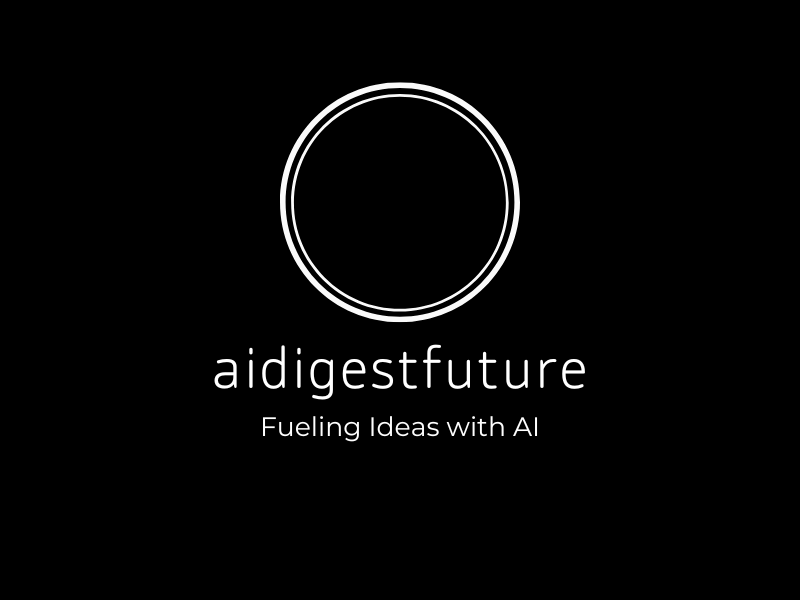
How AI is Transforming Intelligent Tax Policy Reform
The integration of AI-driven technologies into public and private sectors has revolutionized the way governments and organizations approach complicated processes, and taxation is no exception. With the surge in economic complexities, global trade, and digital commerce, leveraging Artificial Intelligence (AI) is no longer optional but a necessity for crafting more efficient systems. In the context of intelligent tax policy reform, AI has emerged as a critical tool to modernize outdated frameworks, improve compliance, and ensure fairness in tax systems.
The Role of AI in Modern Tax Policy
As taxation grows more complex, traditional methods of policy-making and enforcement often fall short of optimizing efficiency while maintaining fairness. This is where AI steps in to disrupt traditional paradigms. Here’s how AI is driving intelligent tax policy reform:
- Data-Driven Policy Formulation: One of the most challenging tasks for policymakers has always been analyzing vast amounts of data. AI can process large datasets, including macroeconomic indicators, taxpayer behaviors, and global compliance trends, to recommend actionable insights.
- Transparent Tax Systems: By eliminating human bias and subjectivity, AI can identify systemic inefficiencies and help build tax systems that promote equity and avoid loopholes.
- Tax Fraud Detection: AI-powered machine learning models can instantly flag suspicious patterns, helping tax authorities detect and prevent fraud more efficiently than manual audits could ever achieve.
- Predictive Analytics: AI systems can anticipate future economic behaviors, helping policymakers anticipate revenue fluctuations and adapt accordingly.
Why AI in Taxation Is More Than Just a Trend
Unlike many technological trends that come and go, the application of AI in reforming tax systems represents a fundamental shift. It’s not just about saving time; it’s about redefining the way taxes are imposed and managed. With AI, governments can:
- Create smarter, data-backed tax policies that align with modern economies.
- Streamline tax collection processes to improve compliance and reduce administrative overheads.
- Ensure more equitable tax contributions across individuals and corporations while minimizing disparities.
By embedding AI into the core of tax policy reform, both developed and developing economies can ensure that their frameworks remain robust amidst rapidly changing economic conditions.
Benefits of AI for Tax Administrations
Tax administrators have much to gain from incorporating AI into their systems. Traditional tax systems are fast becoming obsolete in the face of increased global connectivity and digital commerce. Below are some of the notable benefits of AI for tax administrations:
1. Enhanced Efficiency
AI automates repetitive tasks, dramatically cutting down processing time for tax filings, audits, and verifications. Machine learning algorithms ensure that large volumes of complex tax data are processed quickly and accurately, removing bottlenecks in administration.
2. Improved Compliance
AI allows tax systems to integrate real-time monitoring mechanisms. For instance, businesses engaged in digital transactions can be monitored for compliance in a non-intrusive manner using AI tools. This not only reduces instances of tax evasion but also promotes voluntary compliance.
3. Fraud Prevention
Tax evasion and fraud remain significant challenges for governments. AI-powered analytics detect outliers and suspicious behavior in tax records more effectively than many traditional systems. For instance, flagging discrepancies in income filings versus spending patterns can alert authorities promptly to possible evasion.
4. Personalized Taxpayer Experience
AI simplifies taxpayer interactions through chatbots, virtual assistants, and personalized recommendations. These technologies guide individuals and businesses through tax filing, eligibility for deductions, and even payment plans tailored to their unique circumstances.
Challenges in Implementing AI for Tax Policy Reform
Despite the significant potential, implementing AI for intelligent tax policy reform is not without challenges. Some of the most common obstacles include:
- Data Privacy Concerns: Tax data is highly sensitive, and using AI tools requires strong security measures to prevent breaches and misuse.
- High Initial Costs: Developing and deploying AI systems can be an expensive endeavor, requiring significant investment in both infrastructure and training.
- Integration Issues: Many countries still rely on outdated tax systems that may not be compatible with advanced AI technologies.
- Ethical Considerations: AI outputs often depend on the quality of data provided, which could introduce biases into tax reform if not adequately addressed.
Nonetheless, with the right policies, investments, and collaborations, these challenges can be mitigated as the benefits far outweigh the obstacles.
Case Studies: Real-World Application of AI in Tax Systems
Governments around the world are already adopting AI solutions to develop smarter tax systems. Here are a few noteworthy examples:
- United States: The IRS uses AI to analyze tax filings, identify discrepancies, and expedite audits, which has significantly improved fraud detection rates.
- United Kingdom: HM Revenue and Customs (HMRC) employs AI to identify tax evasion and recover billions in lost revenue annually.
- India: The Indian government has deployed AI to monitor GST (Goods and Services Tax) compliance, improving tax collection across sectors.
These examples underline how AI is not just theoretical but already transforming the global tax landscape.
The Path Forward for AI in Intelligent Tax Policy Reform
As technologies continue to advance, the potential uses of AI in taxation will only grow. However, to ensure sustainable development and widespread adoption, governments and organizations must focus on:
- Collaboration: Partnering with tech companies to create tailored AI solutions for tax reforms.
- Upgrading Infrastructure: Investing in modern digital frameworks to enable seamless AI integration.
- Policy Reviews: Introducing legislation that governs ethical AI use, protects data privacy, and ensures transparency in its application.
Embracing Innovation
Change, while often daunting, is necessary for progress. The move toward incorporating AI into intelligent tax policy reform signals a proactive approach to solving deeply ingrained issues. It is an acknowledgment that yesterday’s tools are ill-equipped to manage today’s challenges.
Conclusion
The advent of AI is fundamentally changing the way we view and manage taxes. By putting automation, predictive analytics, and real-time monitoring at the forefront, intelligent tax policy reform is becoming a reality rather than a distant dream. As governments and organizations embrace this technology, they are not only driving operational efficiency but also ensuring that taxation systems are fair, transparent, and aligned with the needs of modern economies. It’s clear that AI is not merely a tool for reform—it’s the engine driving future conversations around intelligent tax policy reform.
With proper implementation and governance, AI could become the cornerstone of economic fairness and sustainability in a rapidly evolving world.
